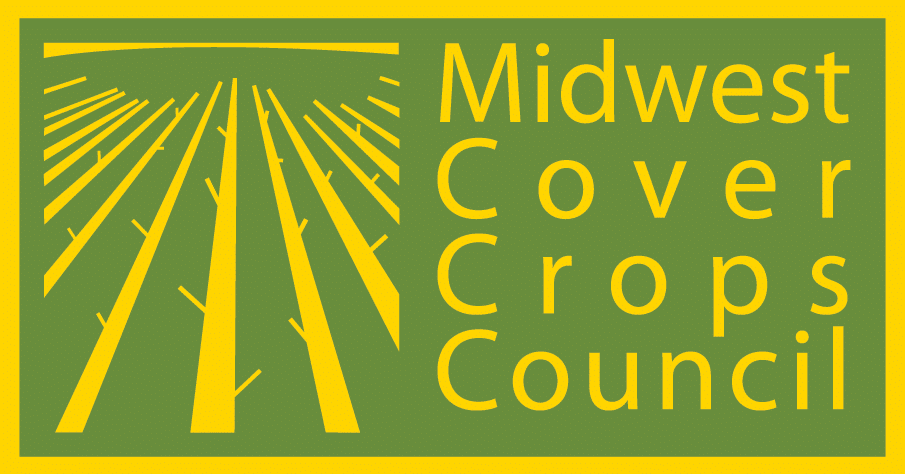T.C. Kaspar, E.B. Moore, M. Wiedenhoeft, M. Shipitalo, Ben Knutson, Keith Kohler, Jaxon Goedken, and C.A. Cambardella
A cereal rye cover crop is one of the few cover crop species that has been consistently successful in Iowa in corn-soybean rotations. Thus, it has the most potential to improve soil health in this cropping system. Unfortunately, there have been few studies that have demonstrated improved soil health with cover crops in corn-soybean rotations in Iowa or the Upper Midwest. Part of the reason for this is that soil variability in most fields resulting from different soil types, landscape position, previous main crop effects, machinery operations, and crop rows often make detecting differences in soil properties affected by cover crops difficult to detect and require intensive sampling. Also, the inherent high degree of soil health of many Iowa soils for some properties probably requires many years of cover crop use before changes are detectable. The experimental site for this project was in central Iowa and the predominant soils are Clarion loam and Nicollet clay loam with 2% slope over the entire site. A corn silage-soybean rotation with no till was established in 2001 and both phases of the rotation were present in each year. Two treatments were evaluated: a rye cover crop following both corn silage and soybean and a no rye (control) treatment. The rye winter cover crop was planted after silage or soybean harvest with a grain drill and killed with glyphosate in the spring. After 10 years the rye cover crop had increased soil organic matter, particulate organic matter, and potential N mineralization particularly in the top 5cm of soil. Soil organic matter was also increased significantly in the 5- to 10-cm layer, whereas the particulate organic matter and potential N mineralization increased in that layer, but were not statistically significant. It is important to consider that these were difficult measurements to make and over 600 cores were taken over two years in the treatment strips, which covered a total of about 1 acre. Thirteen years after the first rye cover crops were planted, we applied a simulated rainfall of 65 mm to parts of the treatment strips and measured with the cover crop increased time to first runoff, decreased runoff after 60 min of rainfall, increased water infiltration, and decreased sediment in the runoff. Because the rye cover crop was alive in the fall when this simulated rainfall was applied, previous cover crop water use, root enmeshing of soil particles, and rye shoots and crowns impeding surface water flow and soil detachment were probably important. Lastly, after 15 years of cover crops we collected soil samples from the surface 5 cm and found that wet aggregate stability for all aggregate size classes above 0.25 mm increased with the rye cover crop. Better aggregate stability is often associated with increased infiltration, so this is consistent with our simulated rainfall results. Part of the reason for our success in this experiment resulted from using corn silage rather than corn harvested for grain because it allowed for earlier cover crop planting and more cover crop growth. Additionally, removal of most of the corn residue with silage harvest probably helped to accentuate and measure differences in soil health due to cover crops. This study showed that rye cover crops with good growth over many years can improve or maintain soil heath of good Iowa soils.
Poster presented at the 2017 Soil Health Conference in Ames, IA.
Full poster: Using a Cereal Rye Cover Crop to Improve Soil Health in a Corn Silage – Soybean Cropping System in Iowa
